What to See, Experience, and Explore at Miami Art Week 2025
We checked in with our former podcast guests who will be inching through Miami traffic, unveiling new works, signing books and revealing new projects this year.
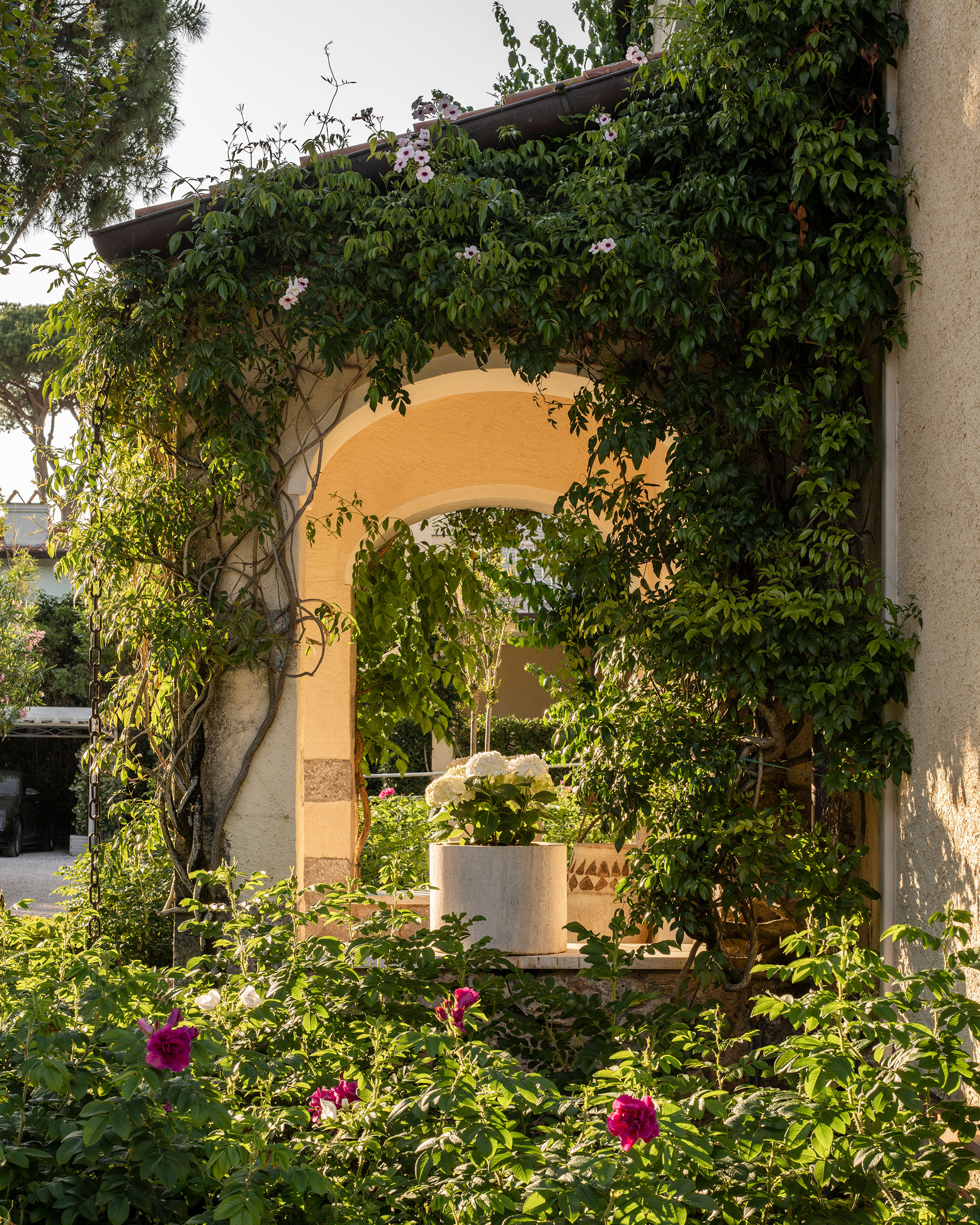
You’re reading The Grand Tourist Curator, our weekly newsletter with the latest handpicked news and insights from the worlds of art, design, style, food, and travel. Sign up here to get The Curator delivered directly to your inbox.
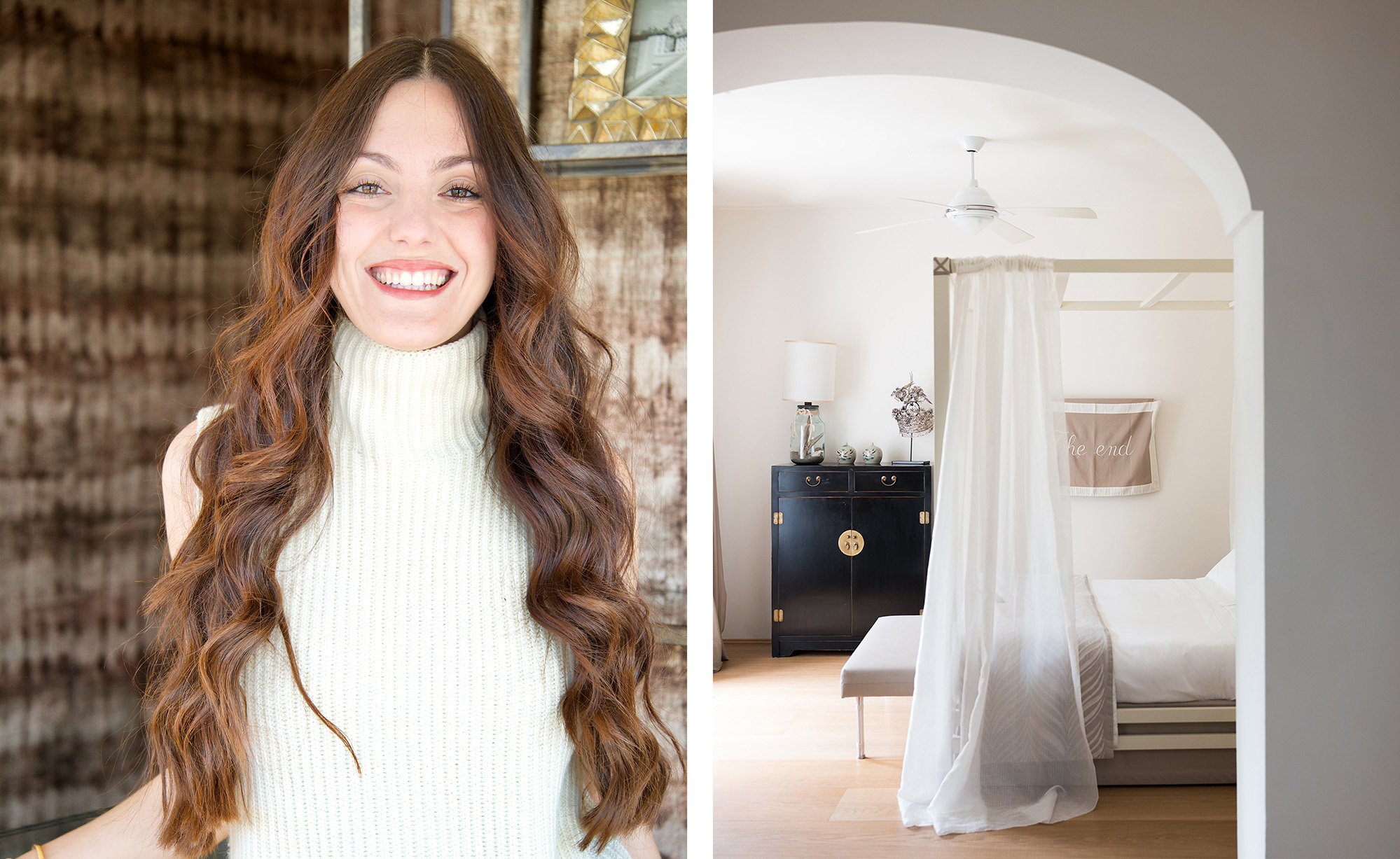
Meet Your Guide to Italy’s Retro-Fabulous, Best Kept Secret
I’ve never been to Forte dei Marmi, the beach resort along the Tuscan coast, but I’ve always been intrigued, having heard about it from my American friends who do visit. Some go every summer and gush about how it’s unspoiled and still has this small-town charm. This is right before they sternly warn me not to tell anyone about it, for fear it’ll ruin the place. It’s been called the Hamptons of Italy because it’s where certain patrician families still summer, but I think it’s perhaps more like their Nantucket. Since my American pals won’t reveal much, I interviewed Sara Maestrelli, a third-generation hotelier of the Villa Roma Imperiale, a charming property near the center of town. She and her family have spent endless summers here and are opening a second hotel, the Pensione America, in the spring of 2025. I asked what her favorite spots are.
What do you love about Forte dei Marmi?
It’s all about ritual and routines, rinse and repeat. My family has been coming here since the ’60s with my grandfather. Some say it’s stuck in that decade because it’s still a very traditional place, and simple things haven’t changed over time. You see the same family and friends everywhere. Even the Americans who come seem to be regulars.
So what are some of your favorite local places to dine?
For breakfast, I have an espresso and pastry at either Caffè Principe, right next to the Prada shop [the fashion house renovated the café in 2023, bringing it back to its ’50s glory], or Il Giardino. My favorite place for dinner is my own house, but if I go out, I go to Gilda, a restaurant, beach club, and guesthouse, always with our bare feet in the sand. It’s glamorous but not dressed up. There’s a group of restaurants owned by a family of restaurateurs that are all very good. Osteria del Mare is a more formal spot, but they also run Pesce Baracca, where you can get sushi or grilled fish. You can also buy fish to go from their market. Pesce Terrazza is their rooftop spot, where you can get a paper cone of fried fish with an aperitivo and watch the sunset. Orlando has been there forever, and it’s the place you go to after the disco (La Capannina di Franceschi is the most popular) for focaccia studded with cheese, onions, or little clams.
It’s all about beach-club culture here—there are so many. Which ones are your favorites?
My spots are Bagno Piero, Bagno Assunta, and Bagno Piemonte. You stay all day at the beach and have lunch, which is always the same: spaghetti alle arselle (local tiny clams) and fritto misto. This is where I’ll have my first aperitivo before dinner as well.
When you are not lounging on the beach, what do you like to do?
First of all, you bike everywhere here, no matter who you are. There’s a very good market on Wednesdays and Sundays in the center of town under the umbrella pines. Everyone goes to it because they sell very good cashmere as well as house linens and other wares. There’s also La Cesteria, a great shop that sells rattan everything, from bags to furniture. Everyone gets their custom-made sandals by Giovanni del Forte at his shop, which has been around since 1980. There are also great day trips. Visit Pietrasanta, a small artists village about a 10-minute drive into the mountains. Many artists, including Botero and Michelangelo, have spent time here because of the nearby quarry marbles in Monte Altissimo. You can go early in the evening, walk around the tiny piazza, and then check out the galleries and shops. Afterward, have a drink at one of the two famous bars, the Bar Pietrasantese or the Bar Michelangelo.
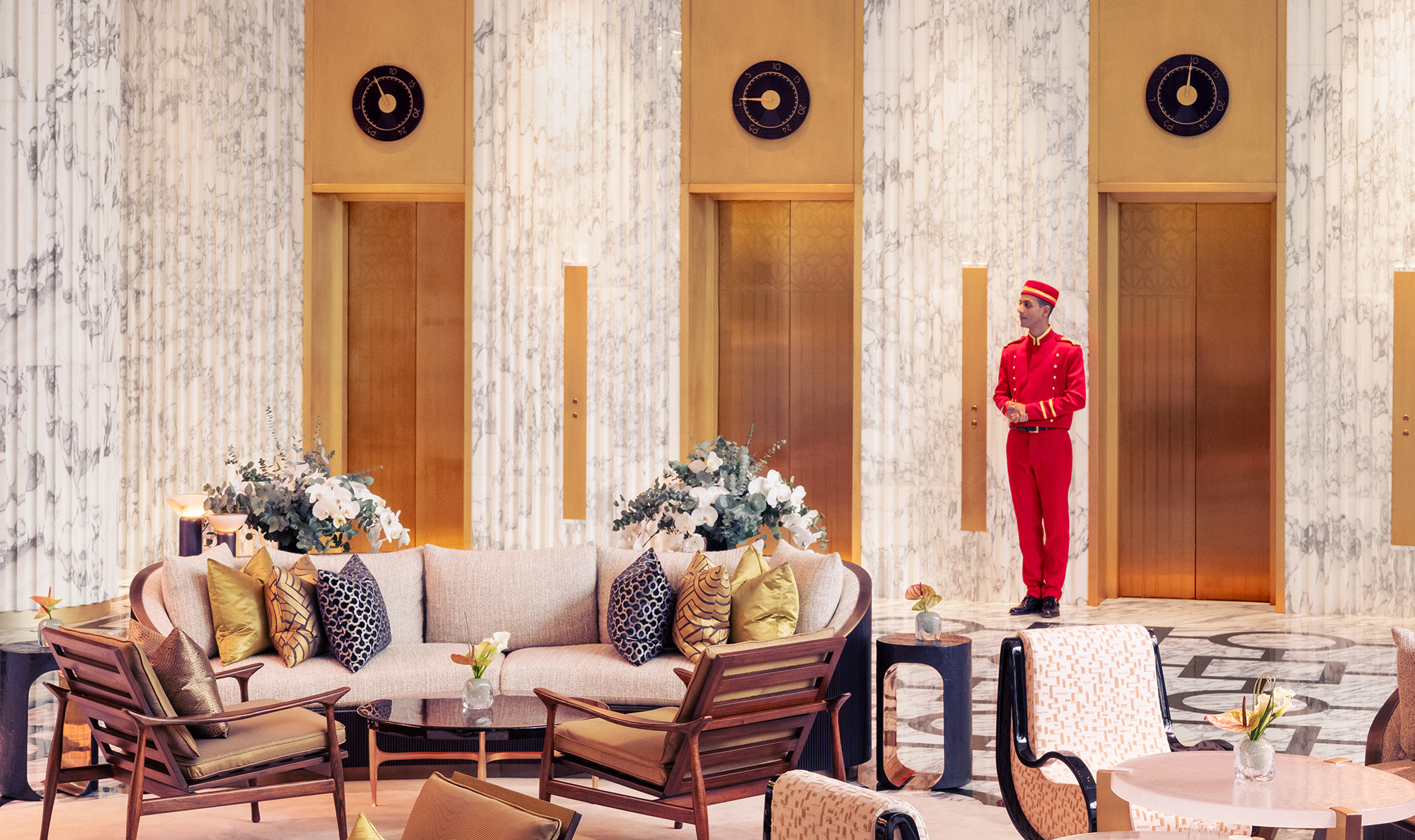
Here’s Looking at You, Casablanca
The Royal Mansour, the exquisite riad-style property owned by Morocco’s royal family, recently opened a second outpost in Casablanca. Close to the city’s port and in the center of the Art Deco neighborhood of Petit Paris, the 149-room hotel is decidedly more glitzy, with three restaurants (including a sushi spot), a very well-stocked bar (which is fairly rare for the country), and a sprawling spa with an excellent hammam. It’s much more modern than the property in Marrakech, but it seems to reflect Casablanca, which has a more international feel and is the country’s financial center. It’s a great addition to a place that’s typically overshadowed by more popular places like Marrakech, Fez, and Tangier. I regret that I’ve only seen it as a layover city on the way to other spots, but now with the arrival of Royal Mansour, I’m going to spend some quality time here. I asked Hamza Slaoui, a businessman and supporter of many of the city’s cultural foundations, to give me an itinerary to see the city’s hidden gems.
DRINKING
“La Ola Rooftop has great live music and serves cocktails and Spanish tapas. Head to Le Doge, an Art Deco hôtel particulier, to dine or just to have a cocktail. Lily’s is a modern Asian restaurant with mostly Japanese and Thai dishes in a gorgeous setting by the ocean. One of the city’s older bars, Bar Atomic, is a cozy spot lined with black-and-white photos of movie stars and other movie ephemera. And Da Rua is a wine bar serving Spanish tapas that draws a young crowd.”
DINING
“Da Nolita is probably one of the best Italian restaurants in the city. The industrial-style space features a wood-burning pizza oven, but the pastas are also excellent. Le Quatorze is a romantic spot located in an old house, run by two sisters. The menu features mainly seafood with an excellent European wine list. La Bavaroise, located in the Art Deco District, was recently renovated and serves classics like entrecôte and crème brûlée.”
TO DO
“Casablanca is not known for its crafts, but visit the old medina behind La Sqala, an open-air restaurant that’s known for its breakfast. Wander around and stop by Al Makane, where you’ll find crafts by local artisans. The Musée de la Fondation Slaoiu, near the Le Doge restaurant, is a house museum featuring vintage posters, Moroccan jewelry, and paintings by both French and Moroccan artists. Inside the central market is Central 88, a small gallery and artist residency that’s worth a visit. Casamémoire is a nonprofit association that aims to preserve Casablanca’s architectural heritage, namely the Art Deco buildings, and organizes tours throughout the year.”
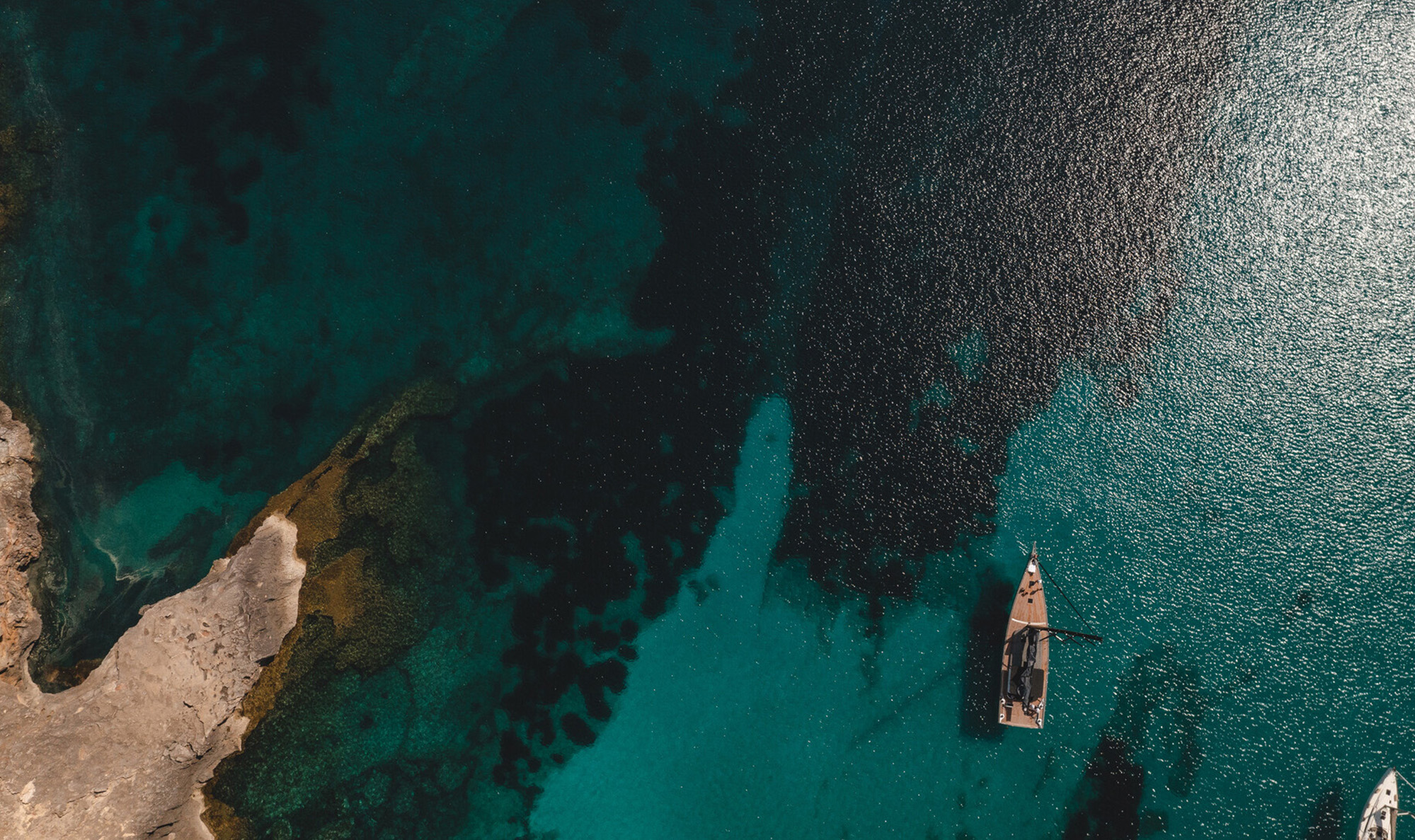
It’s Not Too Late: Book These Sun-kissed New Hotels This Summer
Longfellow Hotel, Portland, Maine
The latest project from the Post Company (Inness in upstate New York, Mollie in Aspen), the Longfellow opens just in time for summer. The hotel’s 48 rooms feature organic linens and wool blankets from nearby Swan’s Island and locally crafted ceramics from Campfire Pottery. There is a spa, a communal workspace, and the Twinflower Café, an all-day canteen.
Four Seasons Mallorca
There is still time to book a trip to the ever-popular Balearics this summer. In August, the Four Seasons Mallorca at Formentor opens. Built in 1929, this 110-room grande dame has been renovated by the architectural firm Estudio Lamela and French interior designers Gilles & Boissier.
Hôtel du Couvent, Nice
Nice finally gets a proper hotel with the newly opened Hôtel du Couvent, a 400-year-old nunnery turned luxury property, courtesy of visionary Valéry Grégo (Le Pigalle in Paris and L’Alpaga in Megève). The 88 rooms are spread out across four different buildings that also house three restaurants, several pools, Roman baths, a vegetable and fruit garden, as well as an herbalist apothecary offering customized tinctures made from centuries-old recipes.
Eriro, Austria
Opening in July, this new property in the Austrian Alps has nine suites all done up in a spare, alpine look: Think lots of stone and natural wood from the nearby forests. Guests can engage in barefoot hikes throughout the forest or relax in the subterranean spa, where massages and body treatments are inspired by five local medicinal herbs: arnica, Saint-John’s-wort, sheep yarrow, and stinging nettles.
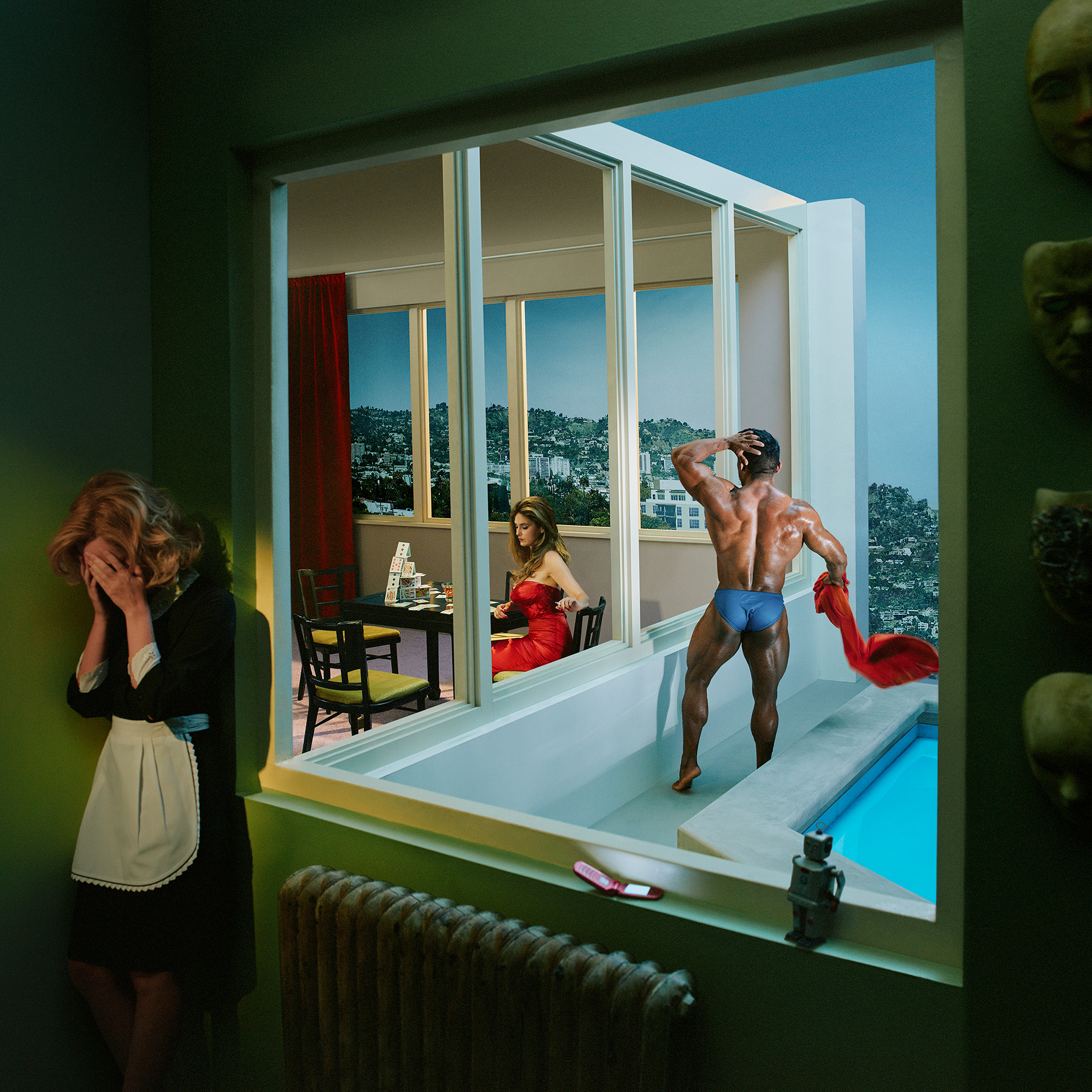
We checked in with our former podcast guests who will be inching through Miami traffic, unveiling new works, signing books and revealing new projects this year.
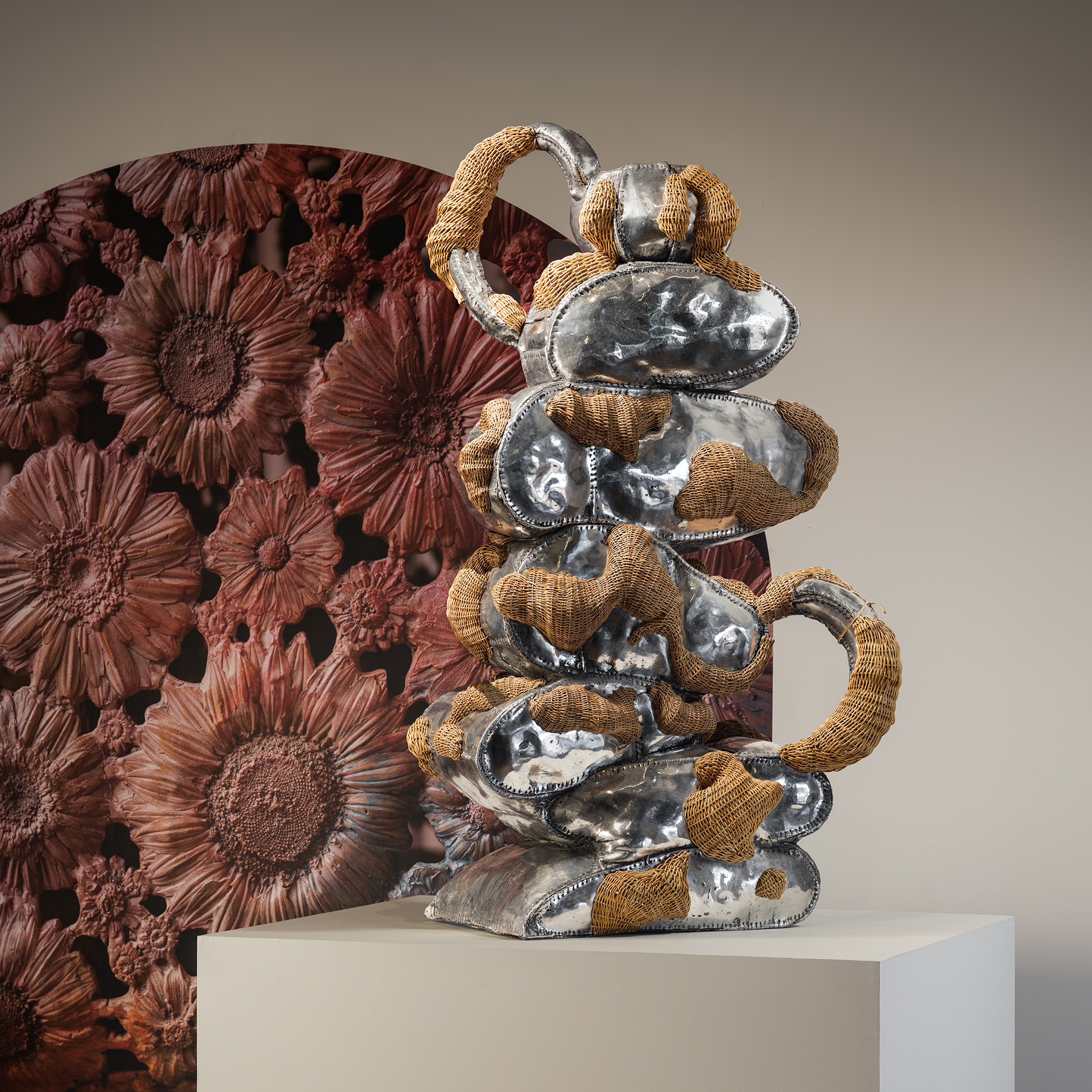
The ecstatic designs of Chris Wolston come to Texas, Juergen Teller's most honest show yet opens in Athens, a forgotten Cuban Modernist is revived in New York, and more.
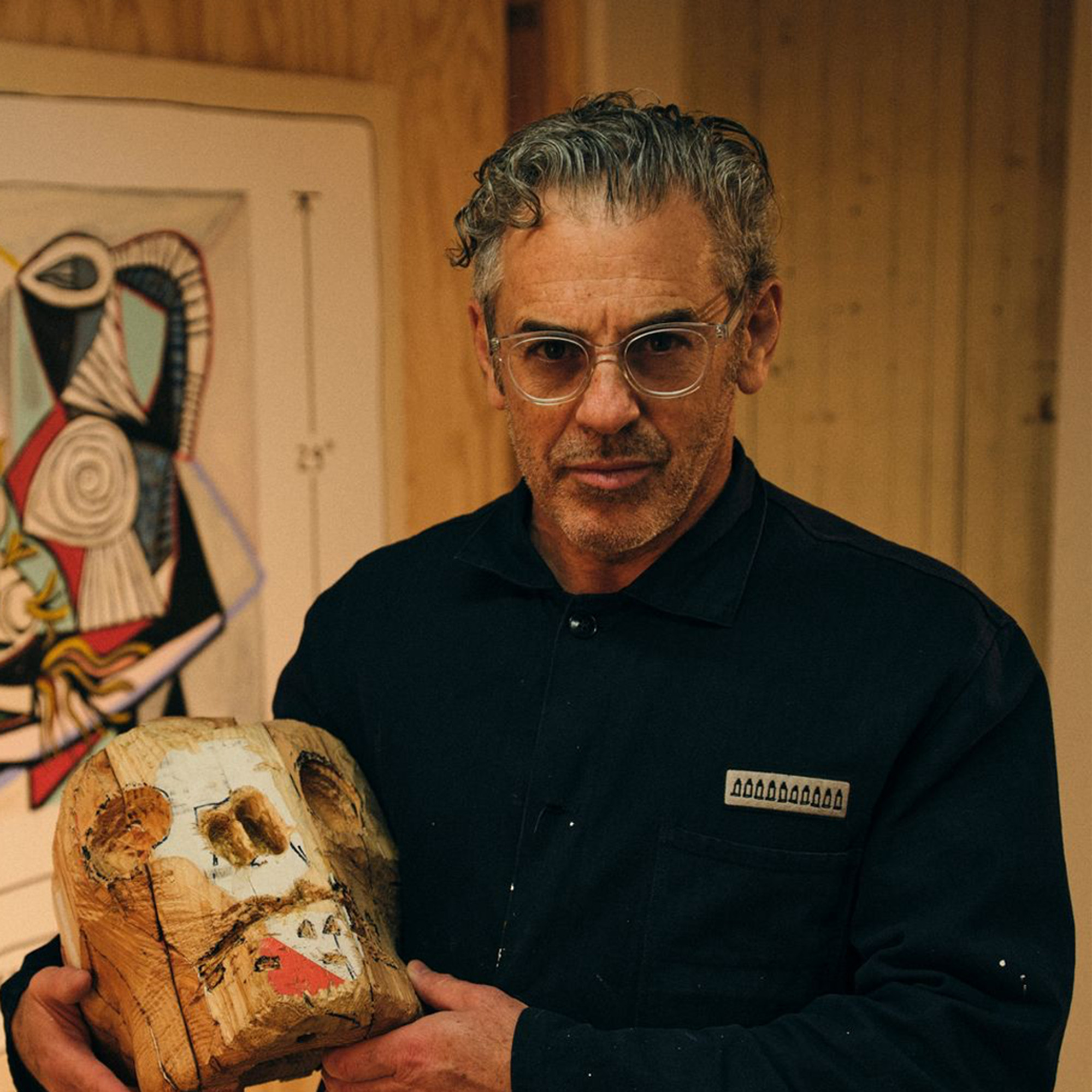
Tom Sachs explores various creative disciplines, from sculpture and filmmaking to design and painting. On this season finale, Dan speaks with Tom about his accidental journey to fine art, how an installation in a Barneys window kickstarted his career, and more.